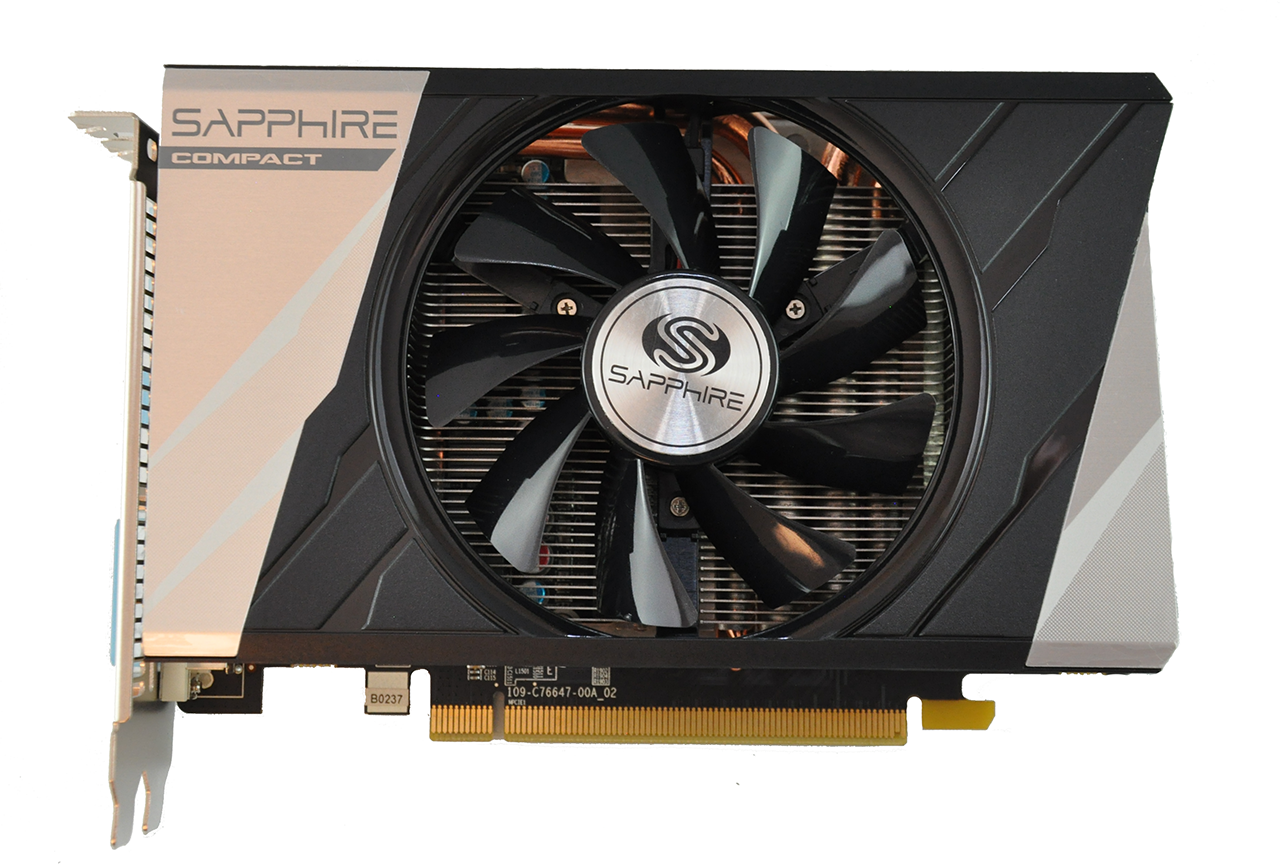Early Verdict
Sapphire’s Radeon R9 380 ITX is delivers very respectable performance for a small form factor card at an affordable price. It’s not going to handle the latest triple-A titles and the highest settings and resolutions, but it will meet the needs of the majority of gamers, in both performance and affordability. AMD’s R9 Nano will soon fill the gap for those looking for more power in a tiny package, but for most people, Sapphire’s R9 380 ITX has more than enough performance for great gaming.
Pros
- +
Cooler • Overclocking • Size
Cons
- -
2GB frame buffer • Power Usage
Why you can trust Tom's Hardware
Introduction
Sapphire’s ITX Compact R9 380 is designed to be used in small form factor cases. Many enthusiasts are looking to compact gaming rigs for living room PCs, and portable LAN boxes will only increase in demand as esports grow. Does Sapphire's ITX-oriented card have the performance to meet those needs?
We tend to review a lot of high-end graphics cards. You know, the type that everyone wants, but often can't justify purchasing. AMD’s Radeon R9 380 is a more affordable option for gamers who don’t need a Fury X or Titan X. It's positioned as a solution for smooth frame rates at 1920x1080, and derived from last year’s Radeon R9 285 based on the Tonga GPU. AMD sets the processor to a base clock rate of 970MHz and complements it with either 2GB or 4GB of GDDR5 on a 256-bit memory interface. Otherwise, the technical details are largely the same as what we covered in our launch article.
The Radeon R9 380 does support technologies like FreeSync, which matches the refresh rate of compatible monitors to the frame rate output of the graphics card within a specified range, and Eyefinity. It also supports TrueAudio technology, Virtual Super Resolution, bridgeless CrossFire and LiquidVR technology, intended to help render the output for virtual reality headsets. As with AMD's other GCN-based GPUs, the R9 380 also supports DirectX 12.
The sample on our bench today is Sapphire’s implementation optimized for mini-ITX enclosures. With its relatively short PCA, single-fan cooling solution and compact dimensions, it will be interesting to see how the card handles elevated thermal loads.
Get Tom's Hardware's best news and in-depth reviews, straight to your inbox.
Kevin Carbotte is a contributing writer for Tom's Hardware who primarily covers VR and AR hardware. He has been writing for us for more than four years.
-
Cryio " I was really expecting a loud card that ran hot. I was pleasantly surprised to find that just isn’t the case."Reply
The very definition of everyone's perception on the Internet of AMD's GPUs, unfortunately.
Don't know why the author expected this, when we found out the from the beggining that the 380 is both faster and more efficient than the 960. -
-Fran- Great article guys. Thanks for giving a little more light to this little card.Reply
I'm only missing one piece of information (unless I missed it somehow): the speed graph for the card. I have an intuition that the big dips you see in the FPS charts are attributed to the card throttling back due to increased GPU usage. I'd like to confirm that.
In any case, it seems like a pretty capable card.
Cheers! -
Haravikk Looks like a great option for my upcoming (much delayed) Mini-ITX build. Though I really wish on cards this size they'd ditch the other interfaces and just switch to mini-displayport; DVI connectors are a big space waster, and with the card's size I can't help but think that more room for the exhaust grille would be more valuable than an interface that I could easily just buy an adapter for.Reply
With the card supporting FreeSync it also makes a lot of sense to get a monitor that supports it anyway to get the full benefit from the card, in which case you can get one with mini display port of at least mini HDMI (not sure if FreeSync works on mini display port?)
But yeah, it's time to start getting rid of DVI connectors that take up half a slot. -
wtfxxxgp Reply" I was really expecting a loud card that ran hot. I was pleasantly surprised to find that just isn’t the case."
The very definition of everyone's perception on the Internet of AMD's GPUs, unfortunately.
Don't know why the author expected this, when we found out the from the beggining that the 380 is both faster and more efficient than the 960.
Your quote is misrepresentative of what the author said in every way. He referred directly to the small footprint as being the reason for his initial expectation.
That said, I don't know how anyone can say that it is more efficient than the 960. That's simply not true - it draws TWICE the power but is not even twice as fast, so efficiency being BETTER than 960? I want what you're smoking. Please. -
wtfxxxgp @ TOMS - when is the GPU chart being updated - last one was JUNE guys...Reply
Isn't it a monthly event? -
rgd1101 Reply16568340 said:please do review on Nano card, it has been released almost a week ago
Nano was a paper launch. -
kcarbotte Reply16568340 said:please do review on Nano card, it has been released almost a week ago
The Nano was only announced last week.
Some reviewers may have cards right now, but the card is not actually out until the 11th, and reviews won't be up anywhere until that date. -
dorsai I just can't see buying any 2gig card in today's gaming environment even at 1080...it's not a matter of IF but When you'll want to play a game and end up disappointed in the performance a 2gig card delivers. It's just makes some much more sense to spend another 25-50 bucks and get a card with 4gig...even an older 280x with 3gig makes a lot more sense to me.Reply
